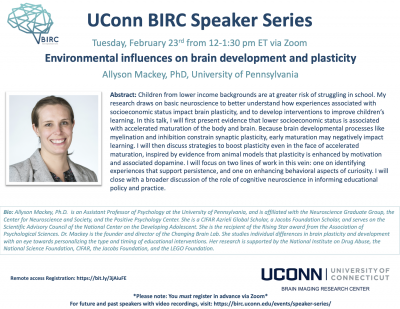Congratulations to Margaret Briggs-Gowan, PhD, Xiaomei Cong, PhD, Todd Constable, PhD, Fumiko Hoeft, MD, PhD, Helen Wu, PhD, Damion Grasso, PhD on receiving the BIRC Trailblazer award for their project Preliminary Longitudinal Study of Fetal, Neonatal and Infant MRI!
This proposal will ultimately contribute important foundational knowledge in the following areas: (1) neurodevelopmental outcomes of children exposed to drugs in the prenatal stage that may be dependent on the nature, timing, and dosage of environmental insult in addition to the child’s neurobiological-genetic- genomic factors and resilience/reserve; (2) timing of opportunities and modifiable targets; and (3) assessing underlying mechanisms of substance use disorder and withdrawal symptom across mother-infant/child generations. Ultimately, research such as ours may help to optimize circuit-based precision interventions in these vulnerable children that have rapidly increased in recent years.
